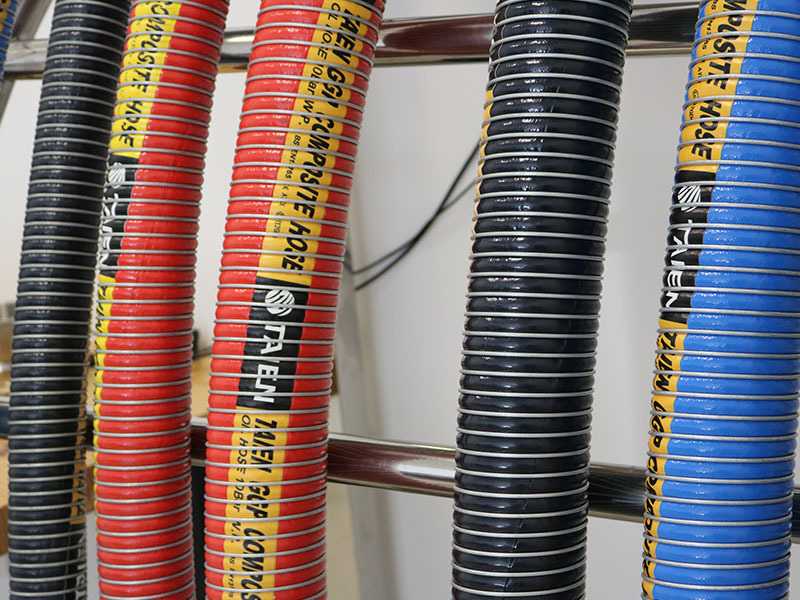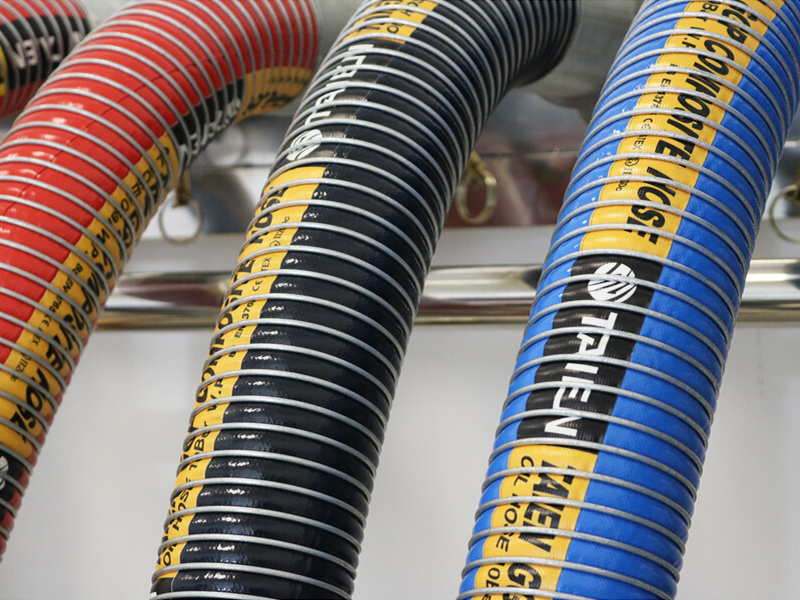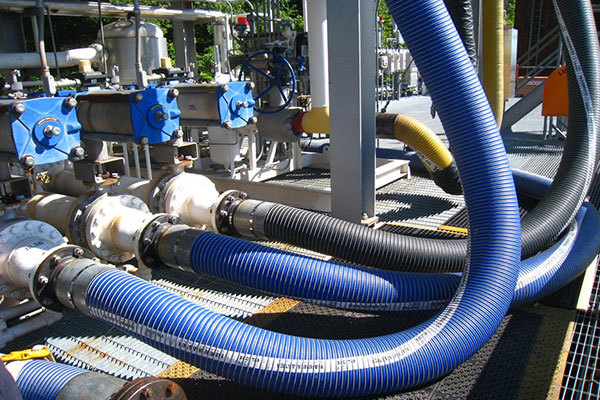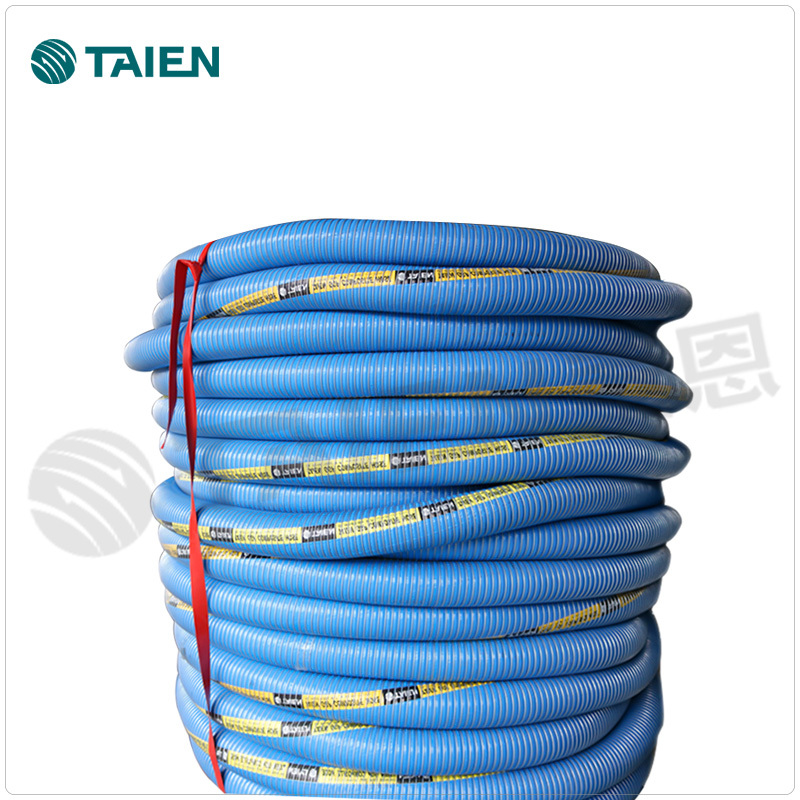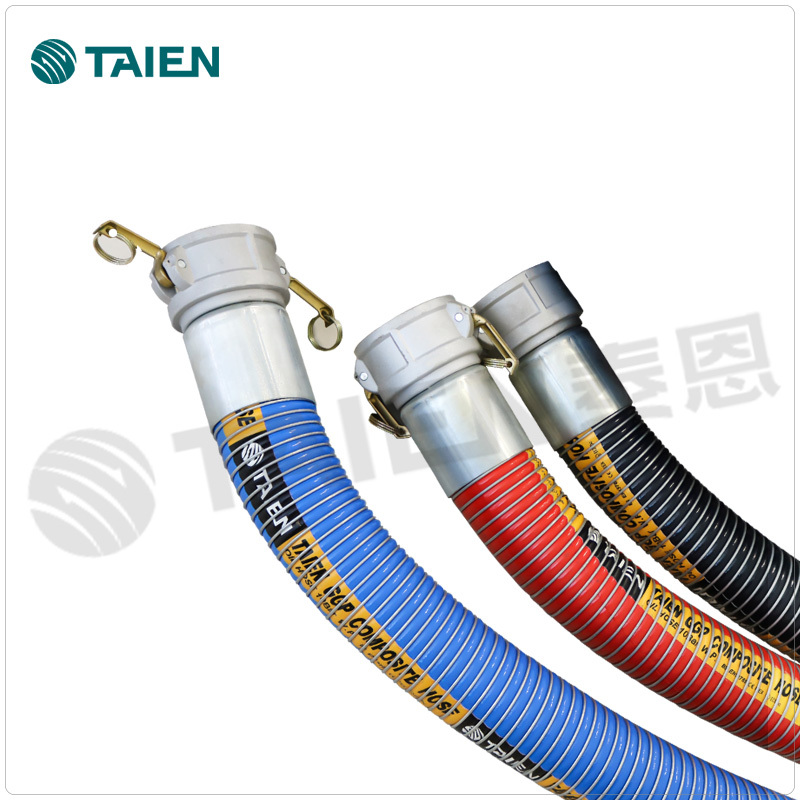How to Troubleshoot Common Issues with Industrial Hoses: A Comprehensive Guide
Release time:
2025-05-17
Author:
Source:
Abstract
How to Troubleshoot Common Issues with Industrial Hoses
Industrial hoses play a crucial role in various applications, from manufacturing to construction and beyond. Understanding how to troubleshoot common issues with industrial hoses is essential for ensuring operational efficiency and safety. In this comprehensive guide, we will explore the common problems associated with industrial hoses, their
How to Troubleshoot Common Issues with Industrial Hoses
Industrial hoses play a crucial role in various applications, from manufacturing to construction and beyond. Understanding how to troubleshoot common issues with industrial hoses is essential for ensuring operational efficiency and safety. In this comprehensive guide, we will explore the common problems associated with industrial hoses, their potential causes, and effective solutions to get your hoses back in optimal working condition.
Table of Contents
1. Identifying Common Issues with Industrial Hoses
2. How to Address Leaks in Industrial Hoses
3. Dealing with Kinks and Bends in Hoses
4. Understanding Wear and Tear on Hoses
5. Troubleshooting Pressure-Related Problems
6. The Impact of Temperature on Hose Integrity
7. Evaluating Hose Connections and Couplings
8. Preventive Maintenance for Industrial Hoses
9. Frequently Asked Questions (FAQs)
Identifying Common Issues with Industrial Hoses
Before diving into troubleshooting methods, it is essential to recognize the common issues that can arise with industrial hoses. These problems can lead to inefficiencies, costly downtime, and even safety hazards.
Common Problems Associated with Industrial Hoses
- **Leaks**: The most common issue, typically caused by wear and tear, improper installation, or faulty fittings.
- **Kinks and Bends**: Often caused by improper handling or storage, kinks can restrict flow and cause damage.
- **Wear and Tear**: Over time, hoses may suffer from abrasion, corrosion, or other forms of degradation.
- **Pressure Issues**: Inconsistent or inadequate pressure can lead to performance problems.
- **Temperature Fluctuations**: Extreme temperatures can weaken hose materials and affect performance.
Recognizing these issues early on can save time and resources in the long run.
How to Address Leaks in Industrial Hoses
Leaks can lead to significant operational inefficiencies and safety hazards. Here, we will outline steps to identify and resolve hose leaks effectively.
Identifying Leaks
- **Visual Inspection**: Start with a thorough visual inspection of the entire hose. Look for obvious signs of wear, cracks, or moisture.
- **Pressure Testing**: Conduct a pressure test to determine if the hose can maintain its intended pressure without leaking.
Resolving Leak Issues
- **Repair or Replace**: Depending on the severity of the leak, you may need to repair the hose with a patch or a coupling or replace it entirely.
- **Check Fittings**: Ensure all fittings are secure and properly installed, as loose connections can lead to leaks.
By addressing leaks promptly, you can maintain optimal performance and safety in your operations.
Dealing with Kinks and Bends in Hoses
Kinks and bends can restrict fluid flow and potentially damage hoses if not addressed quickly.
Identifying Kinks
- **Visual Inspection**: Look for any obvious bends or twists in the hose. Kinks can often be recognized by physical deformity or restricted flow.
Resolving Kink Issues
- **Straightening the Hose**: Carefully straighten the hose without forcing it, as excessive force can cause further damage.
- **Proper Storage**: Ensure hoses are stored properly, avoiding sharp bends or tight coils that can cause kinks.
Preventing kinks is essential for maintaining consistent fluid flow and overall efficiency.
Understanding Wear and Tear on Hoses
All hoses experience wear and tear over time, but understanding how to recognize and address this degradation is vital.
Signs of Wear and Tear
- **Cracking**: Look for cracks on the surface of the hose, indicating that the material is degrading.
- **Discoloration**: Fading or discoloration can indicate exposure to harsh chemicals or UV light.
Addressing Wear and Tear
- **Regular Inspections**: Conduct regular inspections to identify signs of wear early.
- **Material Selection**: Choose hoses made from materials that are resistant to the specific conditions they will face.
Taking proactive measures can greatly extend the life of your hoses.
Troubleshooting Pressure-Related Problems
Pressure fluctuations can lead to poor performance and potential system failures.
Identifying Pressure Issues
- **Monitoring Systems**: Use pressure gauges to monitor the system's pressure regularly.
- **Flow Rate Checks**: If you experience reduced flow rates, it may indicate pressure loss.
Resolving Pressure Problems
- **Adjusting Equipment**: Ensure that all equipment is adjusted to the correct specifications.
- **Inspecting Connections**: Loose or damaged connections can lead to pressure loss, so check all fittings thoroughly.
Understanding the causes of pressure issues can help maintain consistent operations.
The Impact of Temperature on Hose Integrity
Temperature variations can significantly affect hose performance, especially in extreme conditions.
Identifying Temperature-Related Issues
- **Heat Damage**: Check for warping or softening of the hose material due to excessive heat.
- **Cold Weather Effects**: In colder environments, hoses may become brittle and prone to cracking.
Addressing Temperature Issues
- **Choosing the Right Hose Material**: Select hoses designed to withstand the specific temperature ranges of your applications.
- **Insulation**: Use insulation or heat shields in extreme environments to protect hose integrity.
By understanding the effect of temperature on hoses, you can prevent premature failure and ensure longevity.
Evaluating Hose Connections and Couplings
Connections and couplings are critical points where failures can occur. Proper evaluation and maintenance are essential.
Identifying Connection Issues
- **Visual Inspection**: Check for leaks or signs of wear at connection points.
- **Tightness Check**: Ensure all couplings and connectors are tightened to the manufacturer's specifications.
Resolving Connection and Coupling Problems
- **Replace Damaged Components**: Any worn or damaged fittings should be replaced immediately.
- **Use Correct Tools**: Ensure the right tools are used for connecting hoses to prevent damage.
Regular maintenance of connections can significantly enhance overall hose performance.
Preventive Maintenance for Industrial Hoses
Preventive maintenance is key to extending the life of your industrial hoses and avoiding common issues.
Regular Inspections
- **Scheduled Check-Ups**: Implement a routine inspection schedule to catch issues before they escalate.
- **Document Findings**: Keep records of inspection findings and actions taken for future reference.
Proper Storage Techniques
- **Avoid Tight Coiling**: Store hoses in a way that prevents kinks and damage.
- **Use Hose Reels**: Hose reels can help manage storage and extend the life of hoses by preventing tangles.
By investing time in preventive maintenance, you can significantly reduce the likelihood of issues arising.
Frequently Asked Questions (FAQs)
1. How can I tell if my industrial hose is damaged?
Inspect for visible signs of wear, such as cracks, leaks, or discoloration.
2. What should I do if I notice a leak in my hose?
Perform a visual inspection, conduct a pressure test, and either repair with a patch or replace the hose if necessary.
3. Can temperature fluctuations affect my industrial hoses?
Yes, extreme temperatures can weaken the hose material and lead to premature failure.
4. How often should I inspect my industrial hoses?
Regular inspections should be conducted at least every six months, or more frequently based on usage and environmental conditions.
5. What type of maintenance should I perform on my industrial hoses?
Implement a preventive maintenance program that includes regular inspections, proper storage, and timely repairs or replacements.
Conclusion
Troubleshooting common issues with industrial hoses is essential for maintaining safety, efficiency, and performance in any industrial application. By understanding the potential problems, identifying them early, and implementing effective solutions, you can ensure the longevity and reliability of your hoses. Regular inspection and preventive maintenance will further enhance their lifespan, reduce downtime, and contribute to a safe working environment. Emphasizing these practices will not only optimize your operations but also save you time and money in the long run.
Recommended Reading







